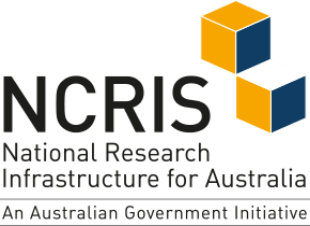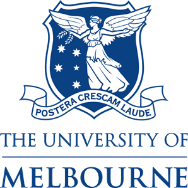15MV ion accelerator and Linac
We operate two coupled heavy ion accelerators: a 15 million volt 14UD Tandem van de Graaff accelerator and a 6 million volt equivalent superconducting linac booster.
The facility runs 24/7 for between 3500 and 5000 hours per year and delivers beams of nearly any element to one of 11 beam lines, each with specialised instrumentation for fundamental and applied research and analytical measurements.
Our facilities support a wide range of scientific research and applications, including nuclear physics, astrophysics, medical physics, resource extraction, environmental science and space radiation.
14UD Tandem Accelerator
Our main accelerator is an NEC 14UD tandem electrostatic accelerator. This is one of the three highest voltage (> 14 million volts – MV) electrostatic accelerators in the world.
The accelerator is fed by a negative ion source. The ions are accelerated towards a 15 MV positive high voltage terminal, in the middle of the accelerator. At the terminal they encounter a thin foil which strips the electrons off, turning the ions from negative to positive. They then accelerate away from the terminal towards the experimental beamlines.
Superconducting Linear Accelerator
To achieve higher energies the beam from the 14UD can be sent through an additional accelerator: a 6 MV equivalent linear accelerator. The bunches of particles arriving from the 14UD are accelerated by pulsed electric fields generated by 12 superconducting split ring loops, cooled by liquid helium, before being sent to the beamlines.
Accelerator Mass Spectrometry (AMS)
Our world-leading accelerator mass spectrometry (AMS) facility enables very precise separation and measurements of rare isotopes.
We operate two beamlines with velocity filters and sophisticated ion detectors. One beamline houses a gas-filled magnetic separator and position sensitive multi-anode gas ionisation detector for rare isotope accelerator mass spectrometry. Isotopes such as 26Al, 36Cl, and 60Fe can be measured for a range for astrophysical, environmental, and industrial applications.
Space Irradiation Beamline
Our newest Space Irradiation Beamline enables extreme radiation testing of electronics, sensors and solar cells destined for space. We offer the highest-energy heavy ion space radiation testing facility in Australia and have almost 50 years of heavy ion accelerator operation and radiation experience.
The radiation environment of space is complex and harsh. Spacecraft exposed to these conditions are vulnerable to the dramatic effects induced by single events and to gradually accumulated damage – both of which can lead to catastrophic mission failure. Ground-based testing of mitigation strategies is essential to extend mission lifetime.
We provide ion irradiations to test for single-event effects and total ionising dose (TID) testing with high intensity proton beams for de-capped electronics and other satellite components.
Nuclear Science
We offer a wide range of equipment and technologies for specialised nuclear science research and development, including the Caesar Compton-Suppressed Germanium array, the Hyperfine Spectrometer, the CUBE fission spectrometer, the Super-e Electron Spectrometer, two solenoidal separators, and the BALiN Double-Sided Silicon Strip Detector Array.


